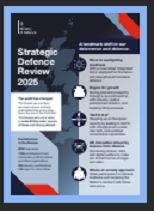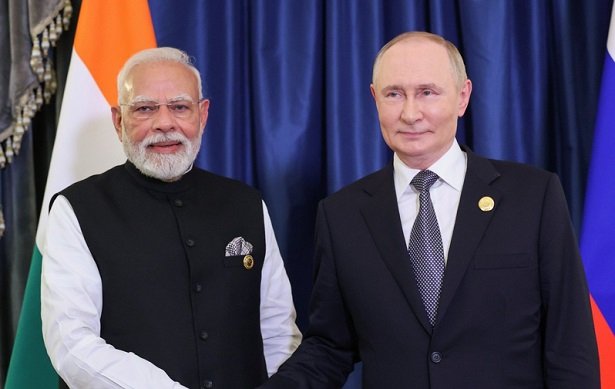Last Updated on June 9, 2025 1:45 am by BIZNAMA NEWS
By Asad Mirza

In a sweeping new strategy unveiled on June 2, 2025, the United Kingdom has committed to a comprehensive military overhaul aimed at facing 21st-century threats. The Strategic Defence Review (SDR) 2025, commissioned by Prime Minister Sir Keir Starmer, outlines a robust vision for national security in what he terms a “new era for defence and security.”
At the heart of the SDR lies a reaffirmation of Britain’s “NATO First” defence doctrine, signalling strong alignment with the alliance in an increasingly unstable world. The document proposes sweeping upgrades across all branches of the military, from expanding nuclear submarine capabilities to boosting cyber-defence and deploying AI-driven technologies.
A Battle-Ready Britain
Prime Minister Starmer has positioned the defence overhaul as the UK’s most ambitious military restructuring since the Cold War. Emphasizing the threat from Russia, he declared Britain must become “a battle-ready, armour-clad nation.” This includes the construction of up to 12 new conventionally-armed, nuclear-powered submarines to replace the Astute-class fleet and a revamped British Army, equipped for potential conflict in Europe.
A key takeaway is the creation of a “digital war fighter group” by 2026—integrating drones, artificial intelligence, and next-gen surveillance to reshape battlefield dynamics. The SDR also calls for a tenfold increase in the army’s lethality, suggesting a deep modernization of equipment, including replacing assets already dispatched to Ukraine.
Cyber Frontlines and Maritime Security
Beyond traditional warfare, the SDR acknowledges the UK’s daily exposure to cyber threats. To counteract this, a new Cyber and Electromagnetic Command will be established, staffed predominantly by civilian and reserve experts. This unit will focus on safeguarding British infrastructure and military networks against increasingly sophisticated digital intrusions.
The Royal Navy’s future also features prominently. The review recommends a leaner but more technologically advanced fleet, capable of safeguarding undersea cables and maritime routes. This includes exploring hybrid aircraft carriers featuring both crewed aircraft and autonomous drones.
Strategic Messaging to Allies and Rivals
Analysts interpret the SDR as both a deterrent signal to Moscow and a strategic nod to Washington, particularly in light of Donald Trump’s re-election and his long-standing demands for NATO allies to shoulder greater defence responsibilities. Starmer pledged the “biggest contribution to NATO since its founding,” underscoring Britain’s commitment to collective security while navigating shifting US foreign policy priorities.
Voices of Dissent
The ambitious defence revamp hasn’t gone unchallenged. Critics argue that the government’s increased militarization risks fueling global instability. Writing in The Guardian, Simon Tisdall warned the UK’s plan to modernize its nuclear arsenal may undermine global disarmament efforts and normalize the concept of nuclear warfare.
Other dissenters, such as Symon Hill of Christianity magazine, highlight the contradiction in spending billions on defence while failing to deter Russian aggression in Ukraine. He argues that diplomacy, asylum for Russian dissidents, and support for peace movements offer more sustainable solutions.
Strategic affairs expert Paul Rogers, in OpenDemocracy, criticizes the SDR for ignoring two urgent realities: the UK’s recent military failures and the escalating climate crisis. Rogers points out that while the Labour government once promised a “Green Industrial Revolution,” those goals have been quietly shelved in favour of escalating military expenditure.
Rogers further calls out the Labour administration for continuing arms deals with Israel, despite growing global outcry over the Gaza conflict. He contends that the “corporate capture” of the Starmer government has sidelined meaningful peace and environmental priorities.
Conclusion
As the UK steps into what its leadership calls a pivotal security era, the SDR 2025 charts a path of readiness, resilience, and renewed global presence. However, the direction it takes—military dominance over diplomatic engagement or climate action—may define Britain’s legacy in this turbulent decade.


